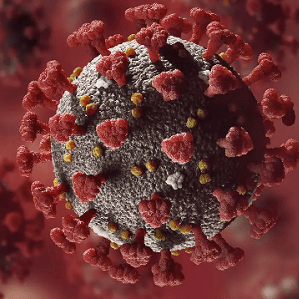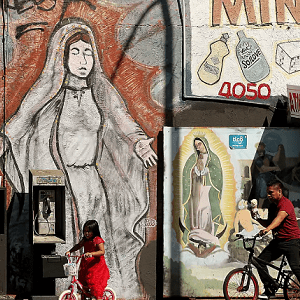A recent study published in JAMA Network Open reveals alarming racial and ethnic disparities in excess deaths during the COVID-19 pandemic, with younger minority populations bearing the brunt of the impact. The cross-sectional analysis, led by Dr. Jeremy Faust of Mass General Brigham, uncovered a troubling trend in mortality rates among working-age adults.
The research team found that individuals aged 25 to 64 experienced the most significant increases in observed-to-expected all-cause mortality ratios. American Indian/Alaska Native, Hispanic, and Native Hawaiian/Other Pacific Islander groups were hit hardest, with ratios of 1.45, 1.40, and 1.39, respectively.
Dr. Utibe Essien, a co-author from UCLA, emphasized the disproportionate impact on working-age minorities: “Not only were minoritized groups exposed to higher rates of COVID because they weren’t able to work from home, or they had higher rates of comorbidities, or they had less access to healthcare, but these rates of deaths were just so much higher than what we would have seen in non-COVID years.”
The study analyzed over 10.6 million deaths during the public health emergency period from March 2020 to May 2023. Overall, there were more than 1.38 million excess deaths, corresponding to about 23 million years of potential life lost.
Researchers noted that existing mortality disparities among certain groups widened during the pandemic, particularly among working-aged adults. Dr. Essien called for immediate action: “We have a moment now to think more broadly as a country about how we improve access to care so we don’t have to wait until the next pandemic to think about those disparities.”
See “Excess Deaths Highest Among Younger Minorities During COVID Pandemic” (October 11, 2024)



